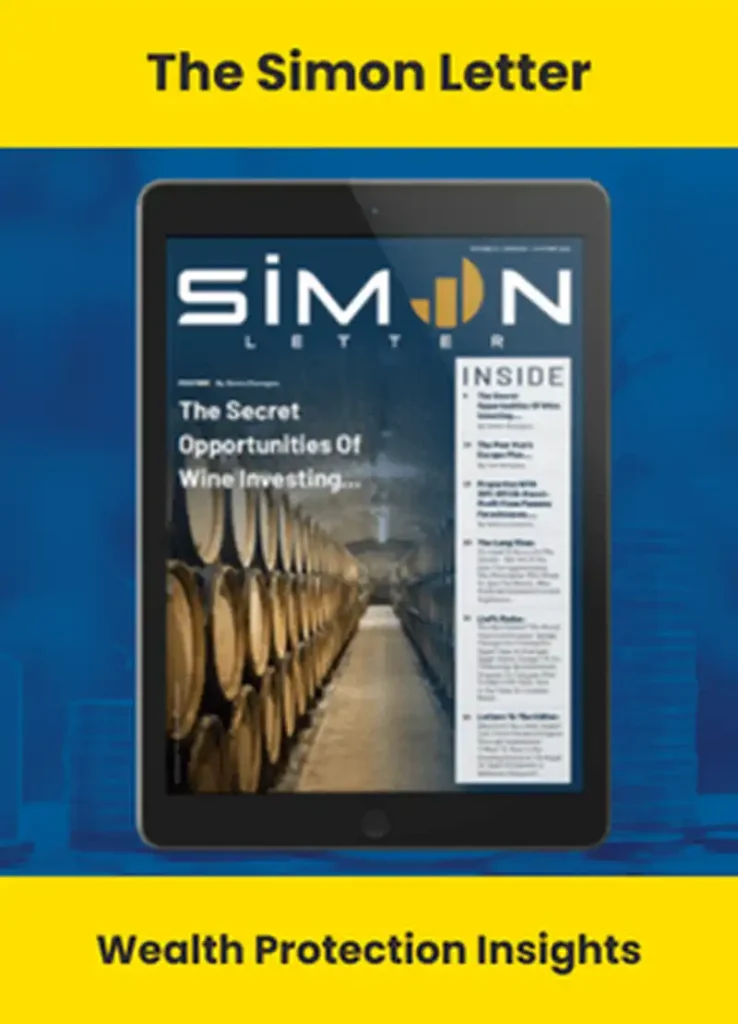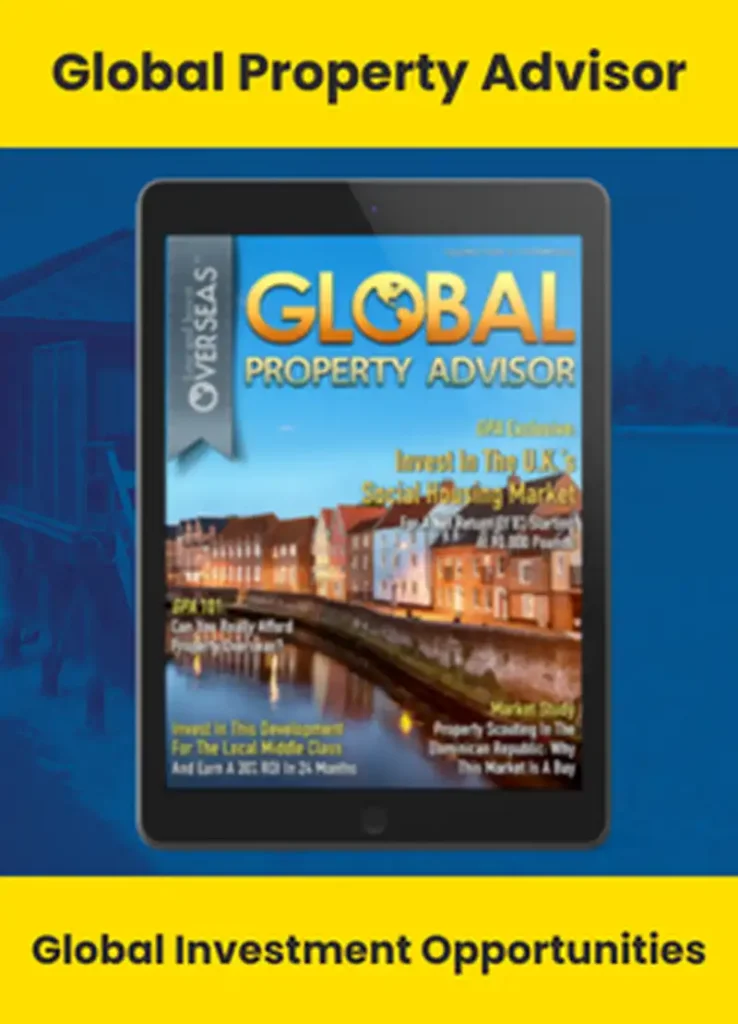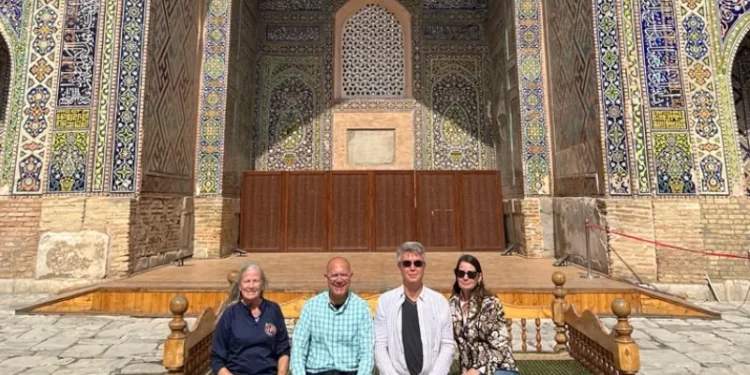I almost couldn’t keep myself from staring at the well-coiffed silver-haired lady sporting an Hermes scarf and carrying a Chanel bag. What was she doing traveling to Tashkent in the middle of the night?
Indeed, who were all these people headed to Uzbekistan?
Our dinnertime flight from Paris had delivered us to Istanbul at midnight. We had two hours until our connecting flight to Uzbekistan. The gate waiting area was full of mostly well-dressed professionals.
Not what I’d expected… but, in truth, I hadn’t known what to expect. I’d never traveled to Uzbekistan before.
Lief and I prioritize contrast. As often as possible, we push that agenda to a next level. At least once a year, we walk away from our everyday in every way. This year’s beyond-our-typical adventure was a part two.
Six years ago we traveled the Silk Road through China. Now we’d see more of the path Marco Polo made famous, again in the company of some of our Private Network members.
We touched down in Tashkent at dawn. I jolted awake from my nap, looked out the plane window, and remembered that I’d not ever seen this view before. How delightful.
The airport was modern and efficient albeit with only one jetway so we disembarked with the mobile staircase we’re used to in Belize. We had our bags and were through immigration and customs in a flash. We stepped outside into the 7 a.m. sunshine bright-eyed despite the red eye and filled with anticipation. We had before us now 10 days of my favorite thing—discovery.
Uzbekistan is at once an Asian fairy tale and a country of the future. Two-thousand years ago, the Great Silk Road brought all the world that mattered to this spot. Six-hundred years ago, Amir Timur (you might know him better as Tamerlane) built the world’s greatest empire here. I’d say that, today, Uzbekistan, eager since its independence for respect on the global stage, is gaining confidence and influence and poised for a next chance to shine.
The country is 80% desert so what struck me first as we drove away from the airport the morning we arrived was how green Tashkent is. Its roads and wide boulevards are lined with shade trees and garden beds. Marigolds, petunias, begonias, geraniums, and other flowers I recognized from Baltimore where I grew up are planted in big patterned quantities presenting giant patches of color. It’s lovely but where does the water come from to support it all?
This part of the world, of course, has long experience with collecting, storing, and distributing water and snowfall. During the golden age of the Silk Road, a series of cisterns was created at strategic points creating an irrigation system to rival the aqueducts of ancient Rome…
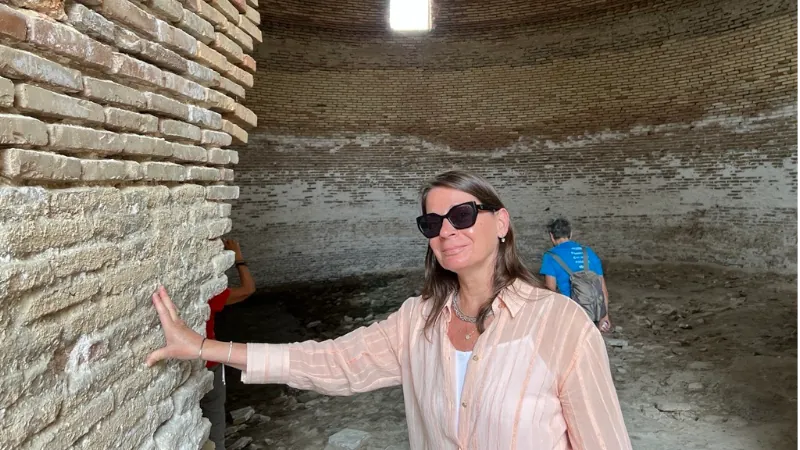
Nowhere is the juxtaposition of Uzbekistan’s long past and promising future more apparent than in first-century BC Tashkent.
Bread is baked in traditional ovens in the city market, one of the oldest in the world…
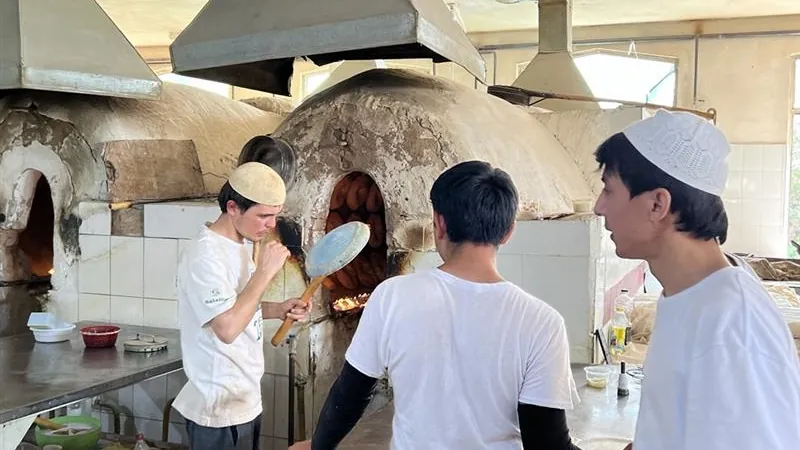
And Uzbekistan’s national dish plov, a thick stew based on rice with mutton, carrots, onions, and garlic, is cooked outdoors in giant quantities in pots called kazans…
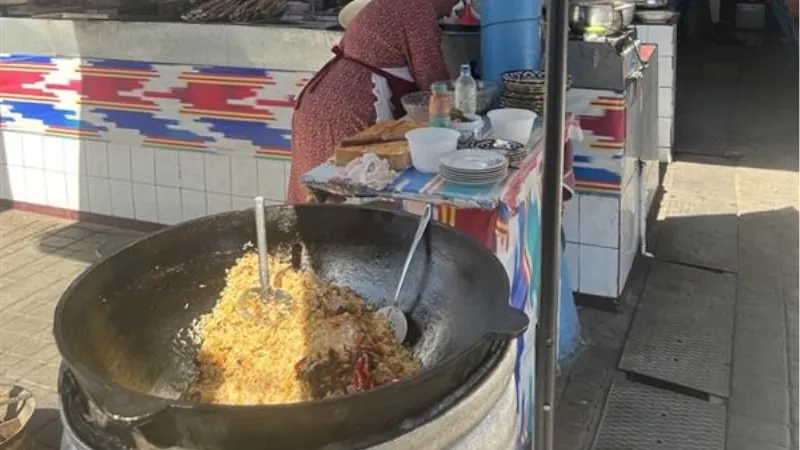
But the new, forward-looking Uzbekistan is but a 3-minute, 13-cent shiny metro ride away from the old city remains…
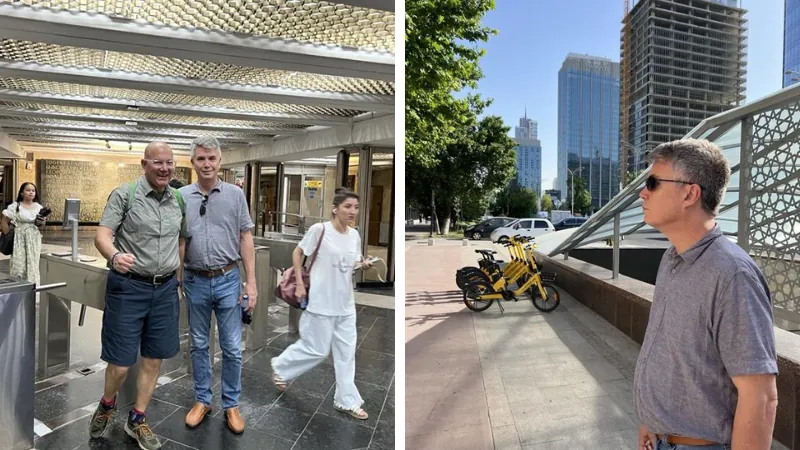
Cities along the Silk Road were built at intervals based on the distance a camel could travel in a day. Next stop along this trail for us was the 2,500-year-old double-walled city of Khiva. It’s a living museum. The walls, the gates, indeed the entire city is perfectly preserved…
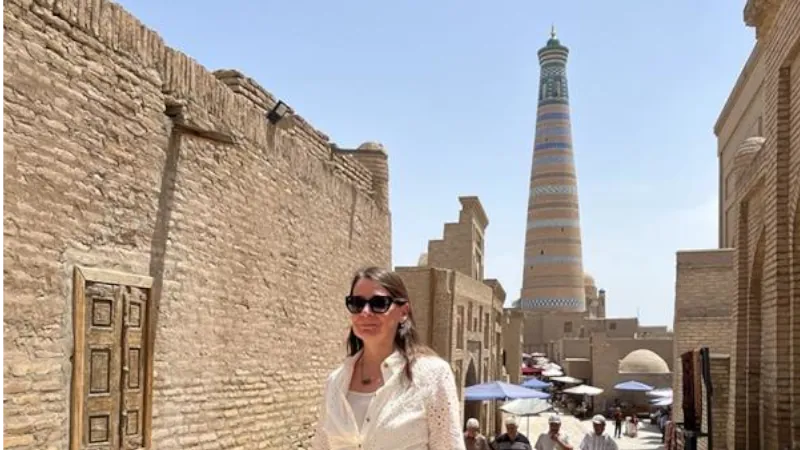
From Khiva, our little caravan drove through the Kyzlm Kum desert to Bukhara…
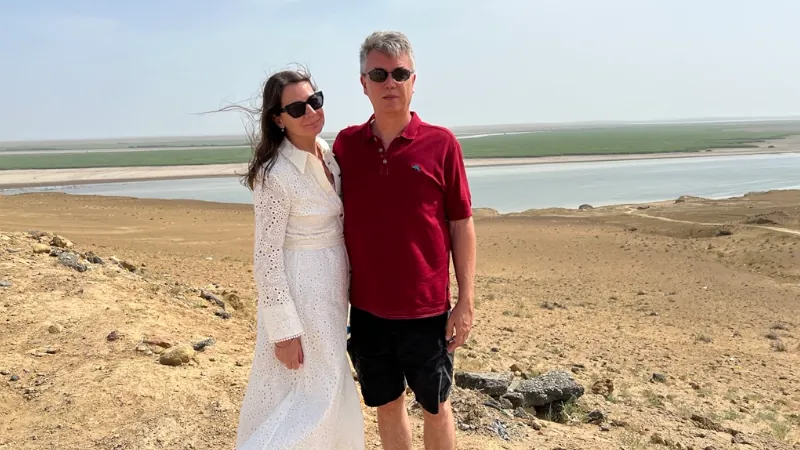
It was a trip that would have taken Silk Road travelers of yore 13 days on camelback. For us, it was an eight-hour drive, including regular bathroom breaks…
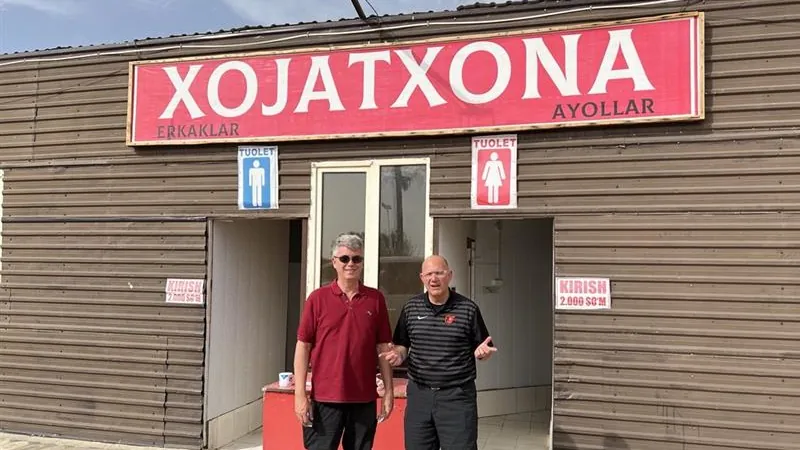
I hadn’t realized that Alexander the Great made it as far north as Uzbekistan. He and his soldiers left their mark in a fort outside Bukhara at Chashna…

Uzbekistan’s greatest son appeared on the scene about a millennium-and-a-half later. Amir Timur, known in the West as Timur The Lame thanks to a battle wound, or Tamerlane, built the greatest empire in history and died history’s third richest man after Alexander The Great and Genghis Khan. He and his favorite grandson Ulugh Beg created then ruled over Uzbekistan’s golden age. He is greatly celebrated, particularly in Samarkand…
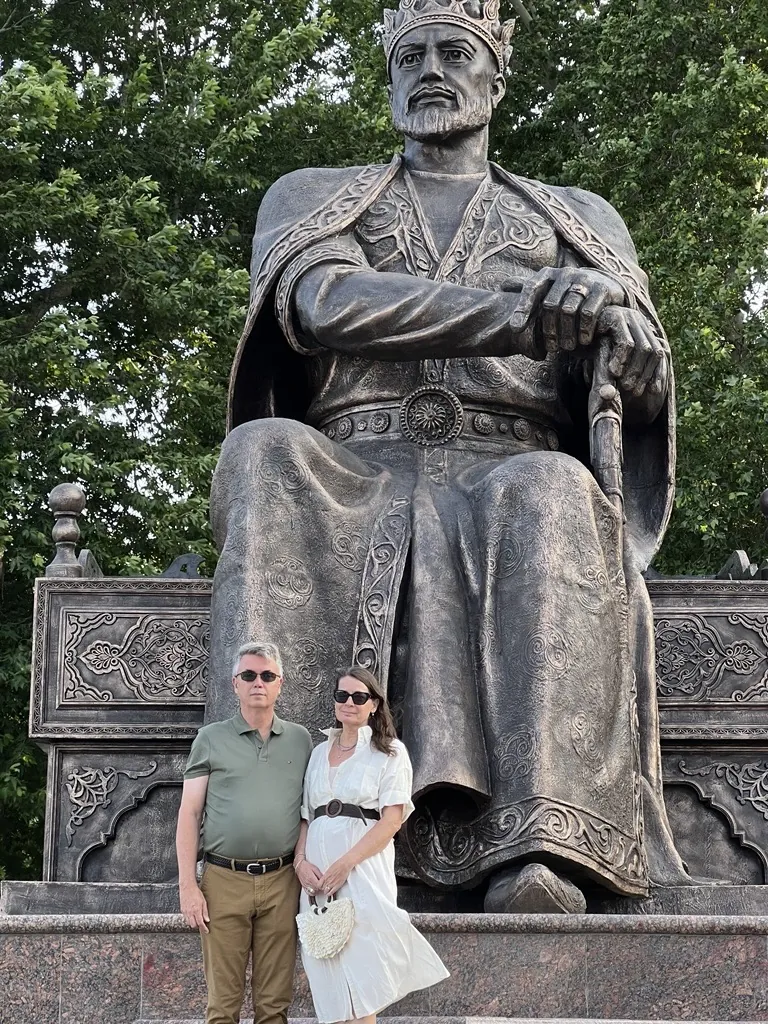
Samarkand was Timur’s triumph. Like Paris, it is what it is because the greatest craftsmen of the day were persuaded to assemble here. Timur gave some instructions for what to build where but mostly he let these masters follow their passions. Samarkand is a peer alongside ancient Athens and Rome but a far more livable city today. This is a remarkably pleasant place to be…
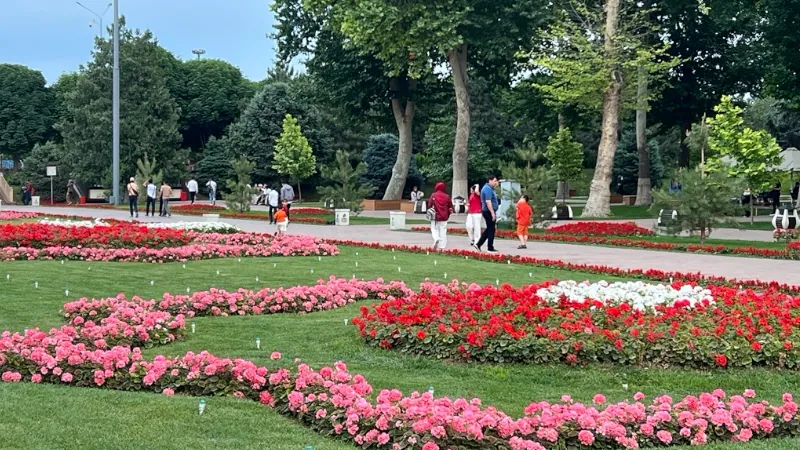
Timur, his sons, and his grandsons are buried in Samarkand, where they established the greatest madrassa in Uzbekistan…
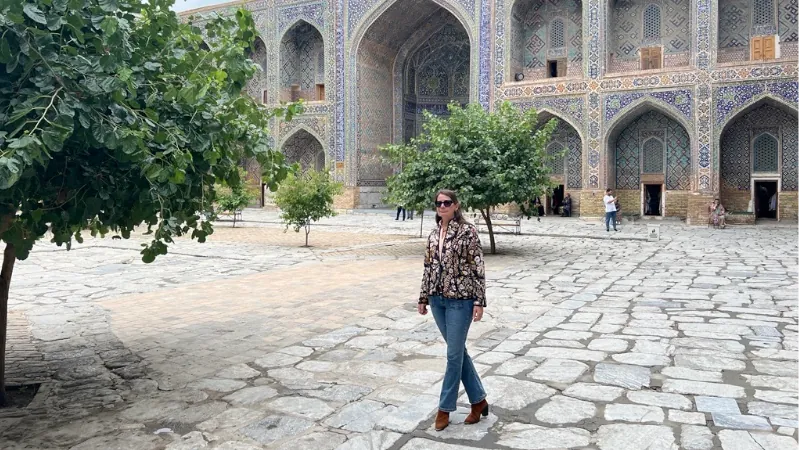
Timur was a ruthless warrior but enlightened. He prioritized education and the arts. Ulugh Beg picked up where his granddad left off, building an observatory in Samarkand, making scientific discoveries centuries ahead of their time, and allowing girls to study alongside boys at the madrassa his grandfather had built.
Samarkand is a city to rival Paris and, like Paris, it is both eternal and forever-renewing itself. Conquests and earthquakes in series over centuries have destroyed so much yet impressive quantities of mosques, madrassas, mausoleums, and minarets remain. These exquisite structures have been rebuilt and restored and are refreshed annually. The centuries-old ceramics skills required to accomplish this and those who practice them are prized.
From Samarkand, Uzbekistan’s fast train delivered us in comfort and style back to our starting point in Tashkent…
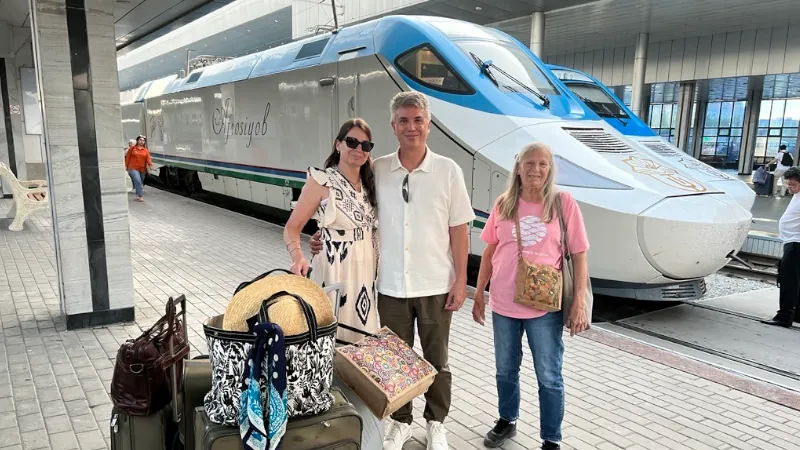
We bid au revoir to new friends our final evening together with a bottle of local pink bubbly. We found Uzbekistan’s answer to Champagne very drinkable…
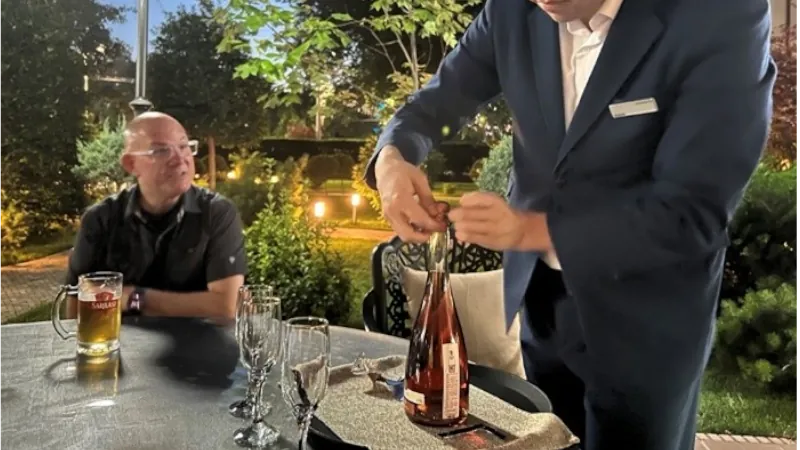
Thank you to the Private Network members who journeyed with us. We so enjoyed your company and look forward to our next adventure.
Mongolia, anyone?
Until next time,
Kathleen Peddicord,
Founding Publisher, Overseas Opportunity Letter



